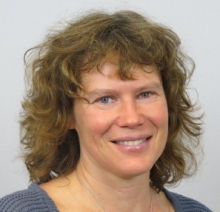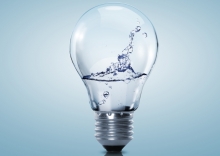- Technology
Issue:

Europe’s first anaerobic digestion plant using only cheese production wastewater and waste as the feed to generate biogas for supply to the gas grid has been built.
Following a £10 million project, Lake District Biogas will receive feedstock pumped from the creamery of First Milk in Aspatria in the northwest of England and operate the plant for 20 years. Most of the biogas produced will be treated for input to the gas grid.
The new plant has been built by Clearfleau. The feedstock comprises low strength wash waters such as process rinses combined with whey production residues following protein extraction. The plant will treat 1650m3 of process effluent and whey a day and generate around 5MW of thermal energy. The anaerobic digestion stage will remove at least 95% of COD, with subsequent aerobic polishing removing residual COD and nutrients prior to discharge to the local river.
The plant will produce around 1000m3 of biogas an hour, 80% of which will be treated in a membrane-based unit to remove carbon dioxide in order to meet grid gas requirements. Biogas will also feed a combined heat and power unit to supply power to the treatment plant.
According to Clearfleau, the plant will supply up to a quarter of the creamery’s energy requirements. It will also benefit from around £2 million a year in support through the UK government’s Renewable Heat Incentive Scheme, with a further £1 million being generated by sale of gas to the wholesale market and from payments for the power generated by the CHP unit.
Gordon Archer, chairman of Lake District Biogas, commented: ‘This is the largest AD plant on a dairy processing site in Europe dedicated to handling the residual materials from the cheese making process and we look forward to working with Clearfleau on future projects.’
Craig Chapman CEO of Clearfleau, added: ‘Dairy processors can generate value from their residues with a better return on investment than for other more conventional treatment and disposal options. This project, generating biogas solely from creamery residues is based on British engineering and is transforming the way in which the dairy industry manages its residues. This shows how sustainability can be an integral part of our food supply chain. We are looking at other dairy projects as more companies realise the energy potential of their residues.’
Keywords:
- UK, water and energy, industry, Clearfleau






